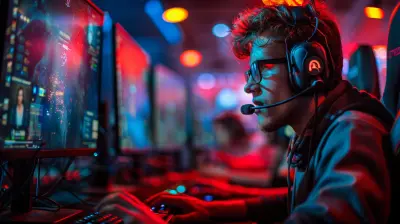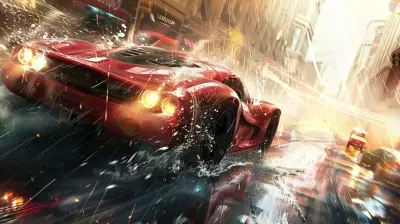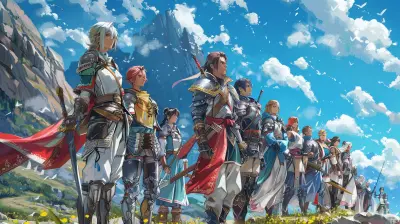The Role of Anime Aesthetics in Defining the JRPG Genre
5 July 2025
When it comes to Japanese Role-Playing Games (JRPGs), one of the first things you’ll notice is their distinct and colorful style. Seriously, think about it—those spiky-haired protagonists, over-the-top sword designs, and the way every character seems dressed for both battle and a cosplay convention. That’s anime aesthetics for you. It’s not just a visual style; it’s practically the DNA of JRPGs. But why? Why does anime’s distinct look and feel play such a huge role in defining the genre?
Let’s dive in and unpack how anime aesthetics have become an inseparable part of the JRPG experience. From character design to storytelling and even gameplay mechanics, anime’s influence is everywhere. Buckle up, folks—this is going to be an eye-opener.
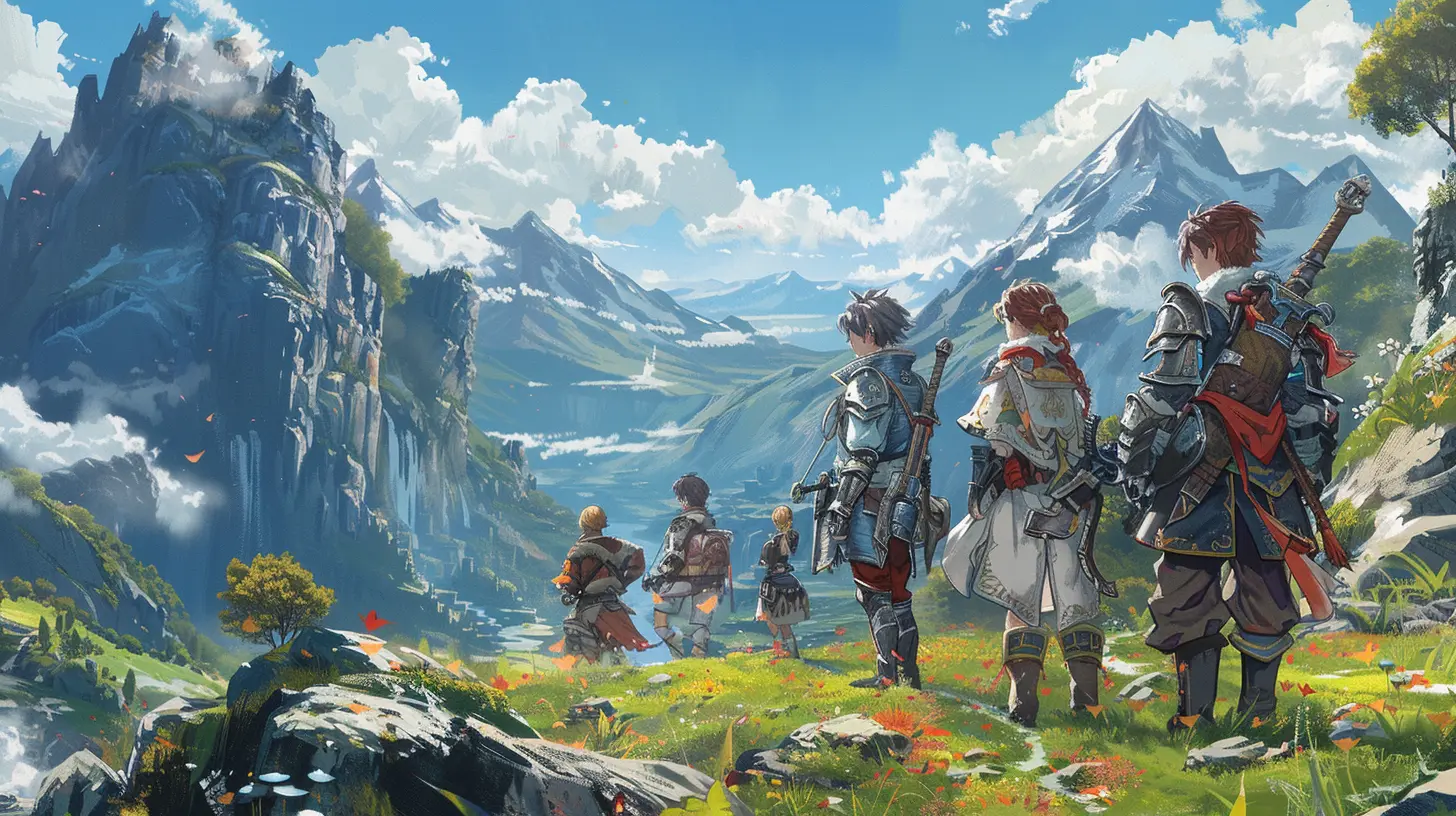
What Are Anime Aesthetics Anyway?
Before we go full throttle, let’s get on the same page. Anime aesthetics refer to the visual and stylistic elements that are commonly found in Japanese animation (aka anime). Think of exaggerated facial expressions, vibrant colors, dramatic camera angles, and, of course, that signature blend of fantasy and futuristic elements. It’s a style that’s immediately recognizable and emotionally evocative.But anime isn’t just about how things look—it’s also about how things feel. There’s a certain melodrama to anime storytelling, a flair for the dramatic that can make even a simple fight feel like the fate of the world is hanging in the balance. And that’s exactly what JRPG developers have been borrowing for decades.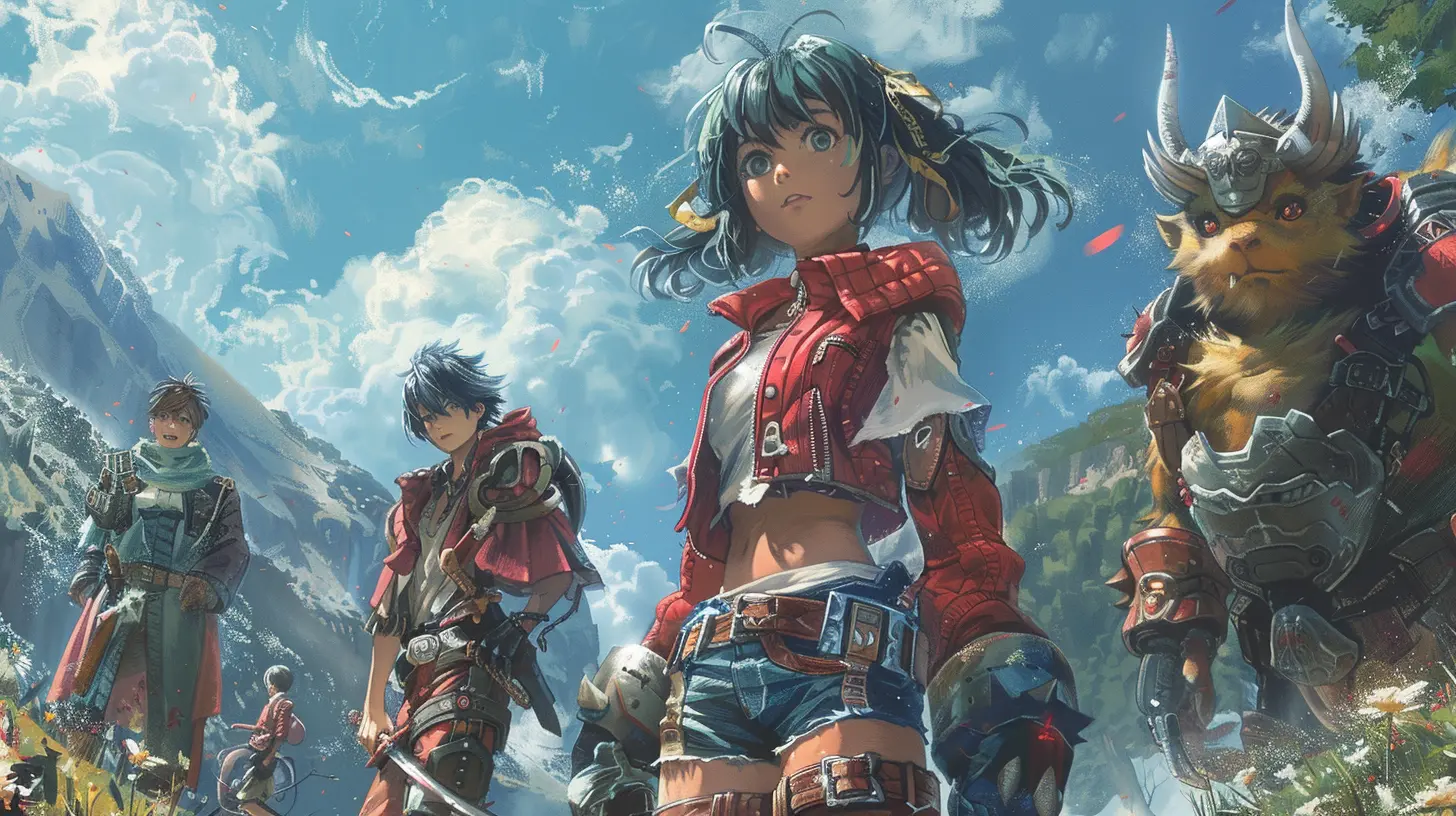
Anime and JRPGs: A Match Made in Heaven
Let’s face it: anime aesthetics and JRPGs go together like peanut butter and jelly. Why? Because they share similar roots in Japanese pop culture. JRPGs emerged in the late '80s and early '90s, right when anime was blowing up both in Japan and internationally. Developers naturally borrowed from a medium that was already dominating the cultural landscape.Take "Final Fantasy", one of the most iconic JRPG franchises ever. Its lead artist, Yoshitaka Amano, leaned heavily on anime influences, with his ethereal character designs and dreamy, surreal landscapes. Later iterations like Final Fantasy VII cranked up the anime factor with characters like Cloud Strife and Sephiroth, whose designs scream “shonen protagonist” and “brooding anime villain,” respectively.
And it’s not just Final Fantasy. "Tales of", "Persona", and "Ni no Kuni" are other JRPG heavyweights that proudly wear their anime influences on their sleeves. From cel-shaded graphics to cutscenes that feel like they belong in an actual anime series, these games blur the line between playing and watching.
Character Design: The Heart of Anime Aesthetics
Have you ever noticed how JRPG characters are often larger than life? Whether it’s the wild hairstyles, the intricate costumes, or the ridiculous weapons (looking at you, Buster Sword), these characters are designed to leave an impression. That’s anime in a nutshell—everything is turned up to 11.But it’s not just about looking cool. JRPGs use these over-the-top designs to communicate personality. A character’s look tells you almost everything you need to know about them. For example:
- The Stoic Protagonist: Usually rocking spiky hair and a tragic backstory (cough Cloud cough), this guy is here to save the world… but also brood while doing it.
- The Quirky Sidekick: Bright colors, funky outfits, and a tendency to break the tension with humor—because every serious story needs comic relief.
- The Mysterious Antagonist: Dark, brooding, and definitely carrying some emotional baggage. Their flowing capes and ambiguous motivations scream “classic anime villain.”
This kind of visual shorthand draws players in immediately. Within seconds of meeting a character, you already know what they’re about—and that’s the power of anime aesthetics.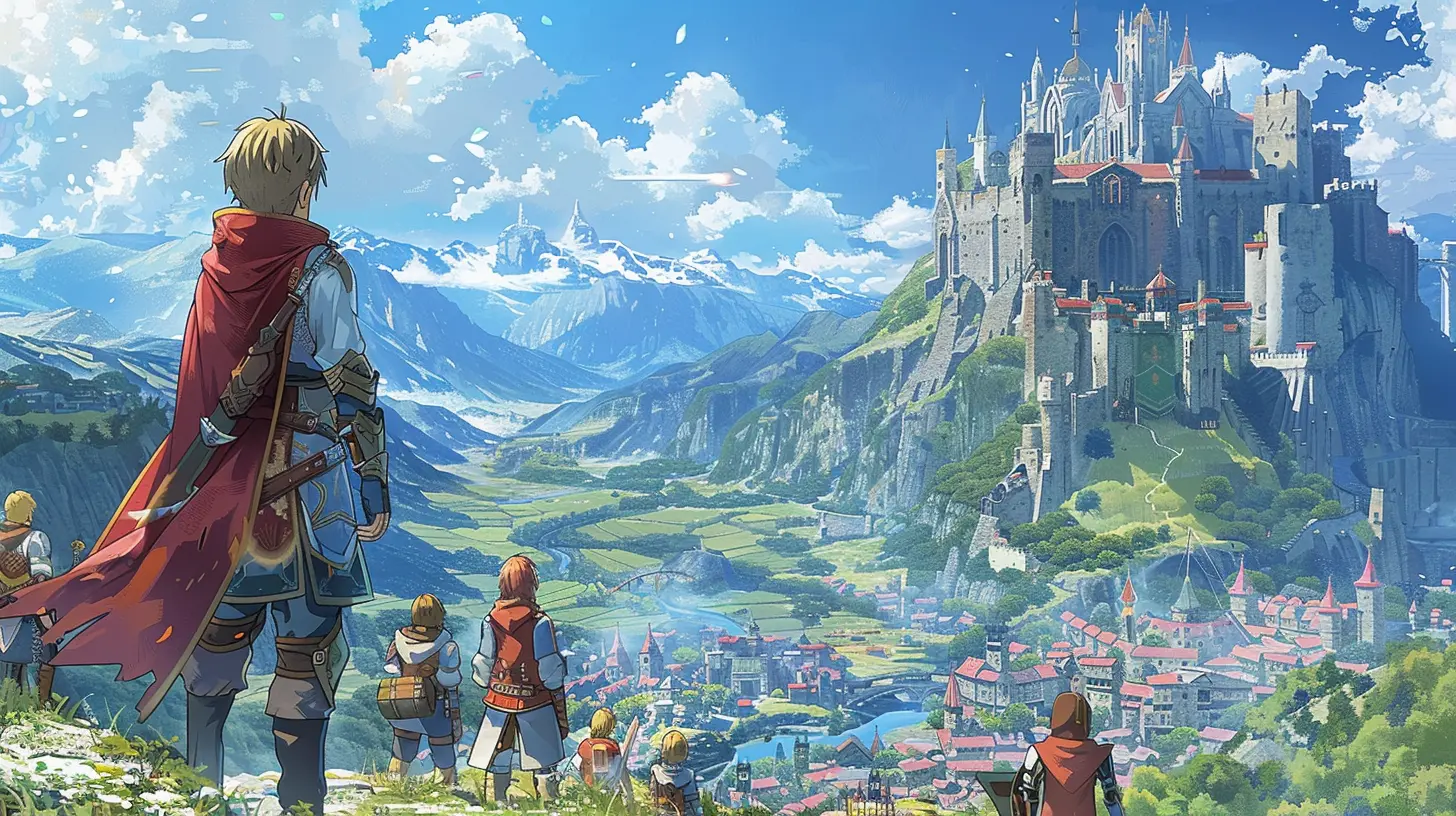
Storytelling: Bigger, Bolder, and Full of Feelings
Anime aesthetics aren’t just about looks—they also influence how JRPG stories are told. If you’ve played even one JRPG, you know they don’t do subtlety. We’re talking about epic tales of good versus evil, with more twists and turns than a soap opera.And let’s not forget the emotional depth. JRPGs, like anime, specialize in tugging at your heartstrings. Whether it’s a tearful goodbye, unrequited love, or the power of friendship saving the day, these games go all-in on the feels. They don’t just want you to empathize with the characters—they want you to live their journey.
Take the Persona series, for example. It marries slice-of-life anime tropes (school drama, social bonds, personal growth) with dark, psychological themes. It’s like watching a high-stakes anime that you get to control, which is why it’s become a fan favorite.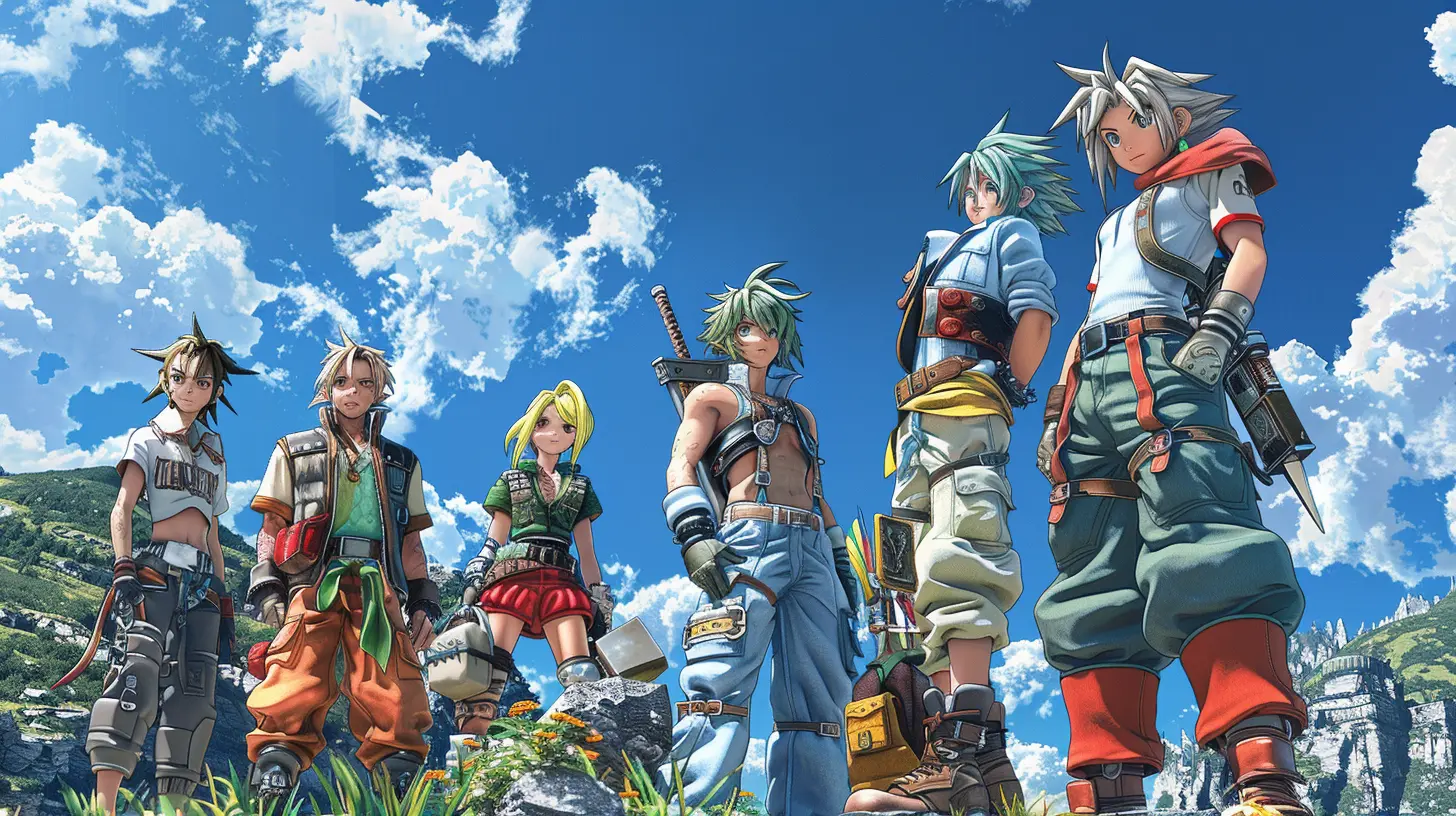
Visuals: The Anime Art Style in Action
Okay, let’s talk graphics. JRPGs love to embrace that signature anime art style. Whether it’s hand-drawn sprites or high-definition 3D models, the goal is always the same: to bring anime to life.Take a game like Ni no Kuni: Wrath of the White Witch. Designed in collaboration with Studio Ghibli (yeah, that Studio Ghibli), it genuinely feels like playing a Miyazaki film. The environments are lush and colorful, the characters are charmingly expressive, and the animation is smoother than butter on toast. It’s pure eye candy.
Even when JRPGs go for a more realistic vibe—like Final Fantasy XV—you can still see anime’s fingerprints all over the place. The characters’ impossibly perfect hair, the dramatic cutscene angles, and the sheer spectacle of the boss fights—yep, that’s anime DNA.
Gameplay: Anime Logic Meets JRPG Mechanics
Anime aesthetics have even shaped how JRPGs play. Think about it: turn-based combat often feels like a choreographed anime battle. You’ve got flashy special moves with names like “Omnislash” or “Mega Flare,” cinematic attack animations, and enough glowing auras to light up a stadium.And let’s not overlook the love for overpowered villains. How many times have you fought a boss, only to have them come back stronger—with a glow-up that makes them look like they just stepped out of a mecha anime? It’s almost a rite of passage in JRPGs.
Even the pacing of JRPGs mirrors anime arcs. You start small—maybe fighting a few local baddies or solving village problems. But before you know it, you’re battling gods and unraveling the cosmos. It’s like starting a slice-of-life anime and ending up in Neon Genesis Evangelion. The escalation is pure anime energy.
Bridging the Gap Between Fans
One of the coolest things about anime aesthetics in JRPGs is how they connect two fandoms: anime lovers and gamers. If you’re a fan of one, there’s a good chance you’ll get sucked into the other. That’s why JRPGs have such a passionate, crossover fanbase. They offer the best of both worlds: the interactive immersion of gaming and the storytelling flair of anime.And let’s be real—who hasn’t bought a JRPG just because the characters looked like they stepped out of their favorite anime? Exactly.
The Future of Anime Aesthetics in JRPGs
So, what’s next for anime aesthetics in JRPGs? With advances in technology, we’re seeing games that blur the line between anime and gaming even further. Games like Genshin Impact and Blue Protocol are pushing anime-inspired visuals into stunning, fully open-world experiences.And with the growing popularity of both anime and gaming internationally, you can bet that anime aesthetics will remain a cornerstone of the JRPG genre. After all, why fix what isn’t broken?
Final Thoughts
Anime aesthetics are more than just a stylistic choice in JRPGs—they’re a defining feature. From character designs to storytelling and even gameplay, anime’s influence runs deep. It’s what makes JRPGs stand out in a sea of other gaming genres, and it’s why fans keep coming back for more.So the next time you’re playing a JRPG and find yourself admiring the ridiculously cool protagonist or getting lost in a heart-wrenching story, just remember: you’ve got anime to thank for that. And honestly, we wouldn’t have it any other way.
all images in this post were generated using AI tools
Category:
JrpgsAuthor:

Audrey McGhee
Discussion
rate this article
2 comments
Zayla Thompson
Anime aesthetics have become the visual heartbeat of JRPGs, bridging vibrant storytelling with immersive gameplay. This unique blend not only shapes character design but also enhances emotional depth, inviting players into fantastical worlds. Understanding this relationship helps us appreciate how visual style contributes to narrative and player experience.
October 9, 2025 at 5:08 AM

Audrey McGhee
Thank you for highlighting the critical role of anime aesthetics in JRPGs! Your insights on how they enhance storytelling and emotional depth truly capture the essence of the genre.
Spike Kearns
This article brilliantly highlights how anime aesthetics shape the JRPG genre, creating immersive worlds and unique character designs. The fusion of storytelling and visual style elevates player experiences to new heights. A must-read for fans!
July 12, 2025 at 3:47 AM

Audrey McGhee
Thank you for your thoughtful comment! I'm glad you enjoyed the article and found the connection between anime aesthetics and JRPGs illuminating.
